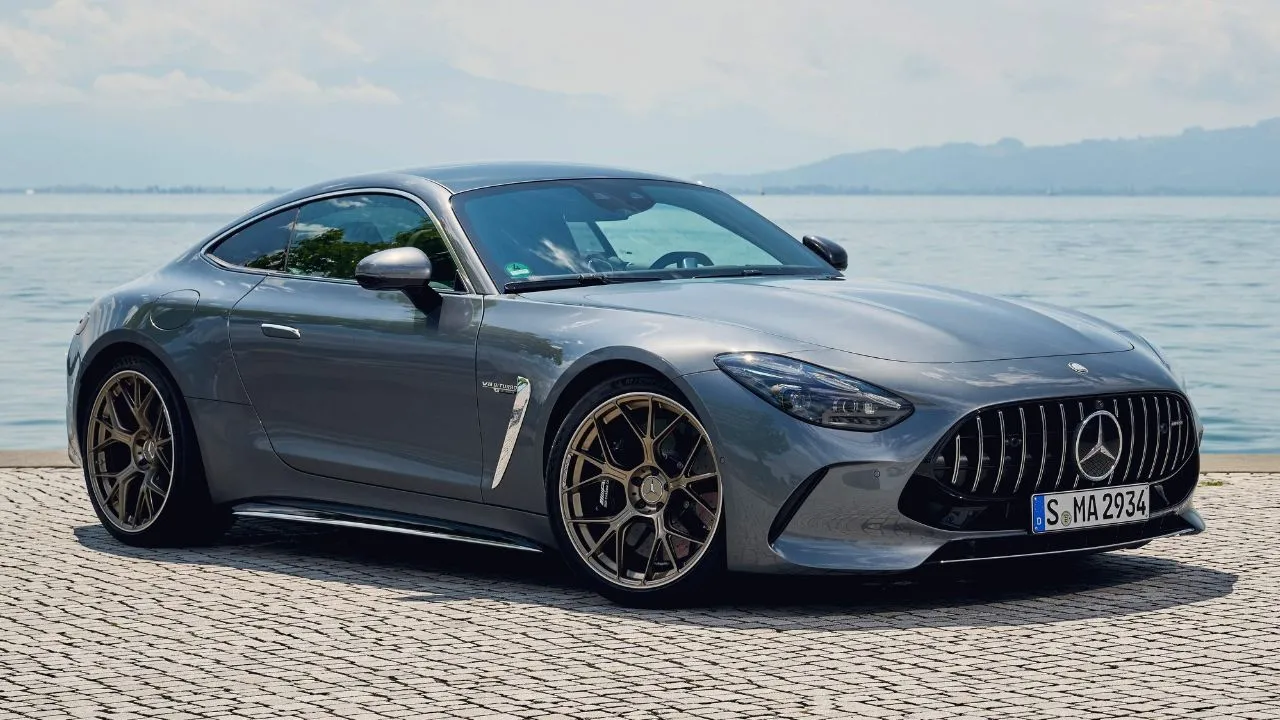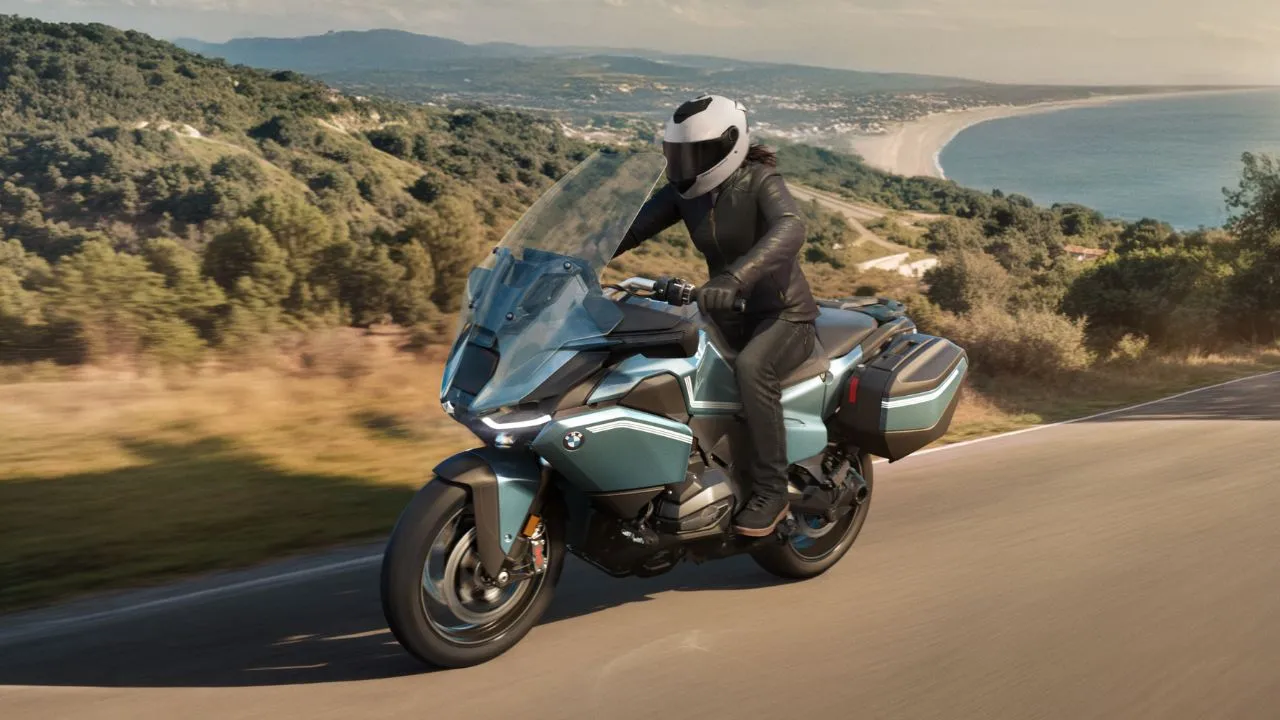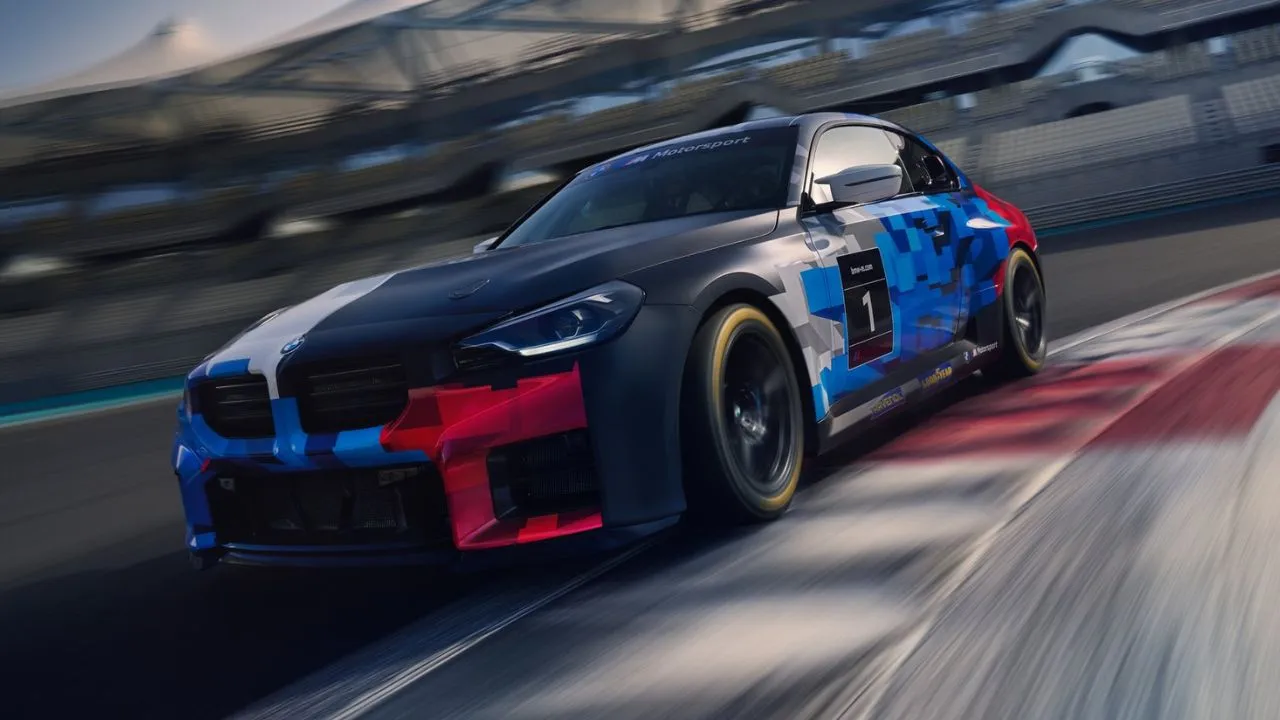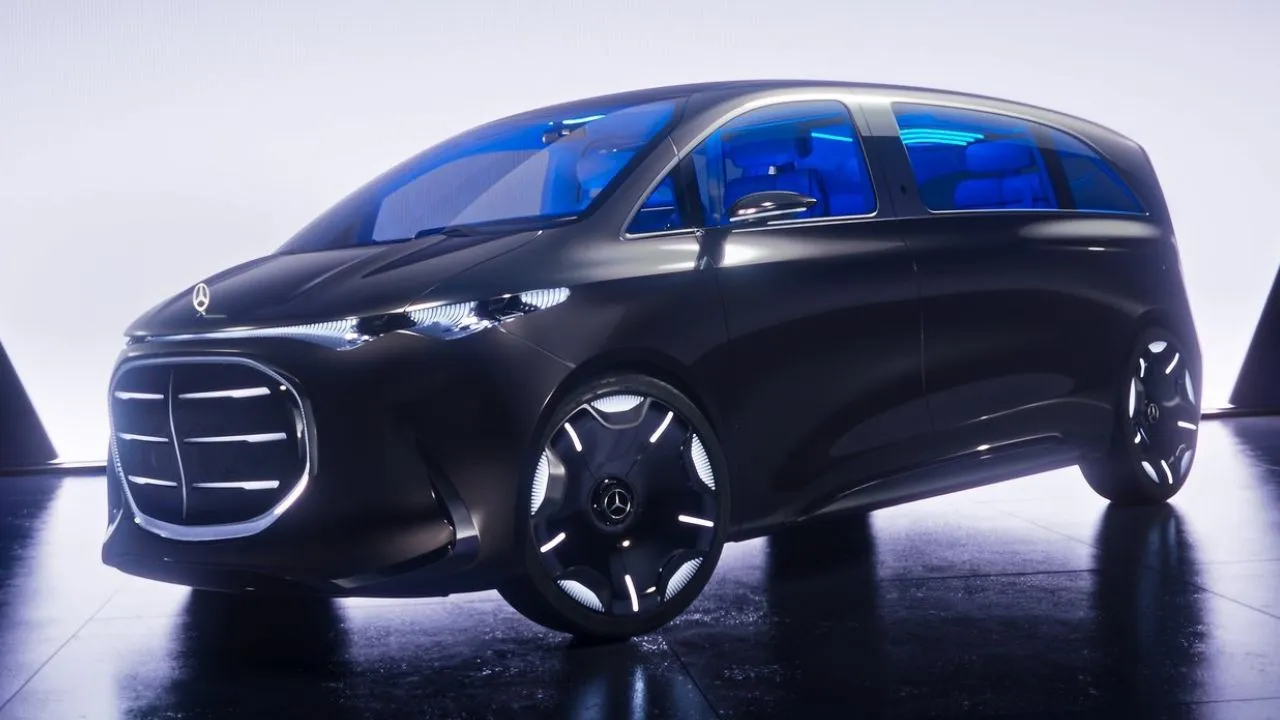2024 Mercedes-Benz GLS vs BMW X7: Finding the Winner in 10 Simple Questions
BMW and Mercedes-Benz are once again trading punches – this time vying for supremacy in the realm of full-size luxury SUVs. So, which one is the ultimate German luxury SUV between the X7 and the GLS? We find out!

If luxury is indeed a state of mind, then it’d be fair to say that driving – or being chauffeured in – big and sumptuous SUVs makes you feel as if you are levitating above the ground. The sensation of sitting in your high-riding chariot is what signifies to both yourself and the world that you have truly arrived in life, doesn’t it?
However, our quest here is to determine which of these two German heavyweights – the BMW X7 or the Mercedes-Benz GLS – offer you the pinnacle of elevated experience.
Now, picking a clear winner between a Mercedes and a BMW is undoubtedly a daunting task. Given that these two vehicles epitomise German extravagance, our job becomes even more challenging. Nevertheless, to ensure objectivity in this comparison test, we have distilled our assessment into ten questions we deem most relevant for those splurging over a crore-and-a-half on these lavish SUVs.
Mercedes-Benz GLS vs BMW X7: More Handsome Offensive?
Yes, you read that correctly. Modern SUVs aren’t designed to look aesthetically pleasing. This isn’t a beauty pageant competition where crowns are bestowed. SUVs are meant to exude a sense of badassery these days – they are designed to make an impact, to inspire a sense of intimidation in mere mortals rather than affection or adoration. And in this regard, the X7 fits the bill perfectly. Just look at it – enormous nostrils, a muscular front fascia, and that get-out-of-my-way stance. It’s a design that reverberates with unabashed intentions of dominance.
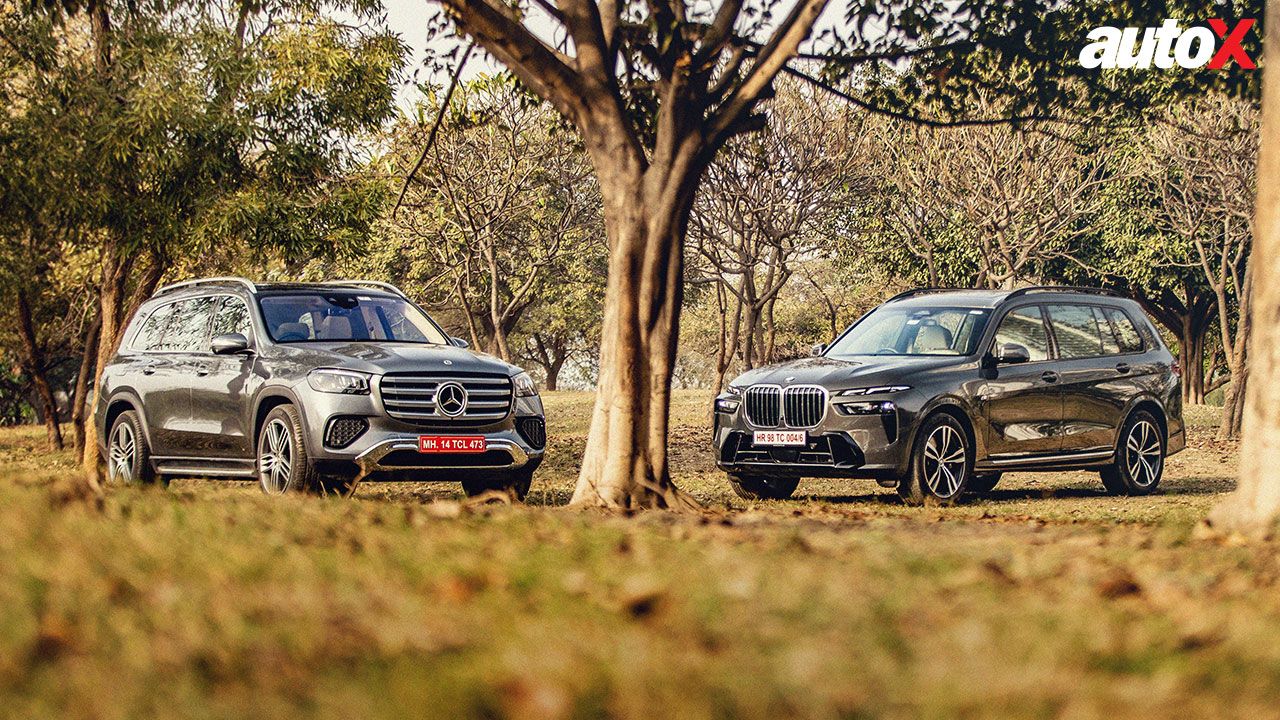
The Mercedes, on the other hand, is a lot easier on the eyes. It’s not devoid of personality; rather, it exudes a comparatively softer and gentler approach. With its serious road presence and slightly larger dimensions than the X7, the GLS exudes a sense of power even when stationary, and that’s exactly what you expect from a big luxury SUV. Moreover, the recent face-lift has brought about some changes, including an even bolder front grille and other bits and bobs, injecting it with fresh vitality. It is undeniably the better-looking of the two, although it does look conventional.
Overall, I contend that BMW’s design is more impactful. And given the tastes of modern car buyers, it’s the X7 that will stir up more chaos among onlookers than the GLS.
Mercedes-Benz GLS vs BMW X7: Which is More Popular?
This is where things get interesting because for most people BMW and Mercedes, well, they are equally significant. Personally, as an enthusiast (cliched, I know!) I lean towards the brand BMW. However, in the larger scheme of things, I must say that Mercedes holds a slightly stronger allure for luxury car buyers – a fact that is also reflected in the yearly sales of Mercedes cars in India, where it consistently outperforms BMW.
In fact, rumour has it that Mercedes sold over 2,500 units of the GLS in the country in 2023. Such a performance cannot solely be attributed to the product’s excellence; rather, it owes much to the prestige associated with the three-pointed star on the GLS. So, while an average person may express their admiration for the X7’s design, in terms of brand value, brand power, and brand recall, Mercedes arguably has a slight edge over BMW.
Mercedes-Benz GLS vs BMW X7: Interior & Features
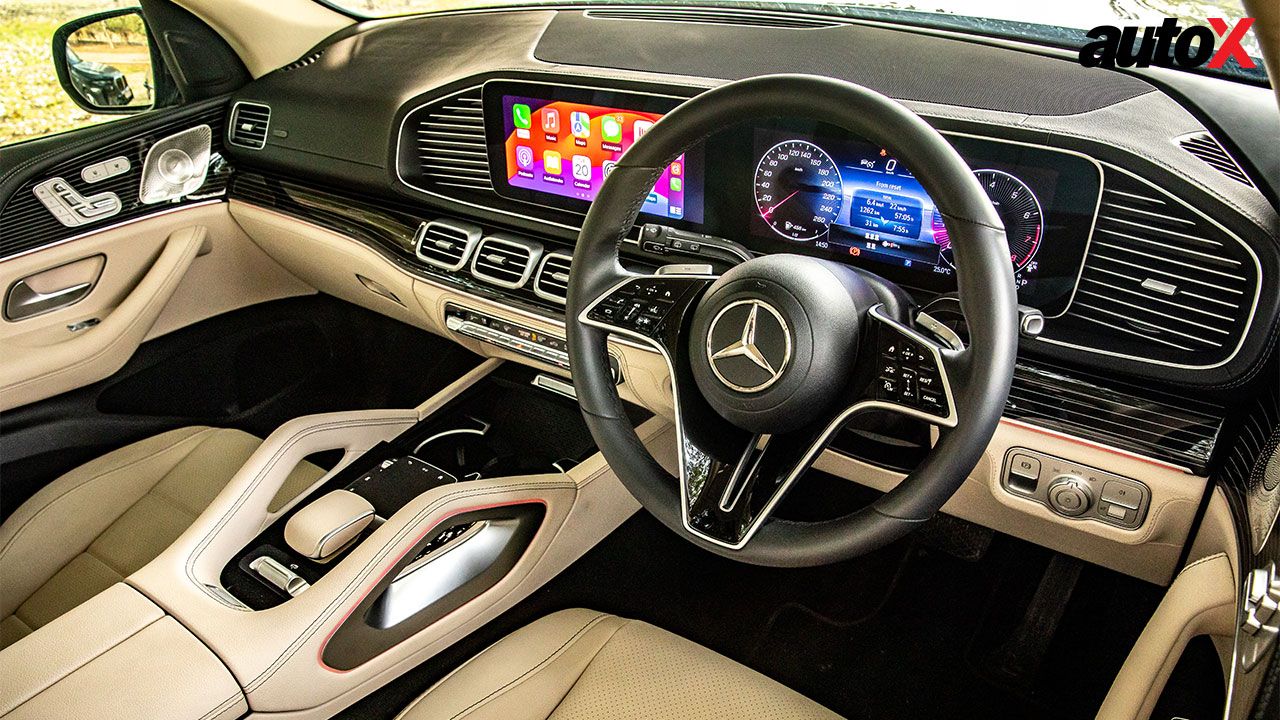
Both the X7 and GLS have an impeccable interior – luxurious, lavish, high-quality, and brimming with features. However, there is a discernible difference between the two in terms of design and appeal. While the GLS has a classy and glamorous cabin with a brush-metal finish almost everywhere, the X7, in typical BMW fashion, exudes a sporty, minimalistic, and driver-centric ambience.
Both vehicles come with a similar set of dual screens, extensive leather upholstery, and a plethora of features. Personally, I find the BMW’s infotainment more user-friendly and intuitive, which adds to the overall in-cabin experience. The Mercedes, on the other hand, offers a more generous array of standard features, including adaptive cruise control and other ADAS systems. Surprisingly, neither offers seat massagers as standard – a bit of a miss considering these SUVs cost nearly Rs 1.5 crores!

Overall, while both cabins are exceptionally brilliant, from the standpoint of a luxury SUV, I must say that the Mercedes feels more special.
Mercedes-Benz GLS vs BMW X7: Best Drivetrain?
We tested the petrol versions of the X7 (M40i) and GLS (450) for this comparison. On paper, both engines are evenly matched – both SUVs feature 3.0-litre six-cylinder turbocharged units, with 375bhp of power output and 500Nm (GLS) and 520Nm (X7) of twisting force. Additionally, both also come with a mild hybrid system. In BMW’s case, this system adds 12bhp and 200Nm, while in Mercedes, it provides an additional boost of 20bhp and 200Nm.
The B58 unit of the X7 is a familiar engine, as we have experienced it in multiple BMWs previously, including the sensational M340i. Although meant to serve a completely different purpose here, the B58 still manages to put a wide grin on your face. It’s exceptionally refined, charismatically tractable, and loves to be revved. Moreover, the X7 can clock 0 – 100km/h in just 5.8 seconds, which is remarkable for an SUV that weighs as much as a medium-sized bungalow!
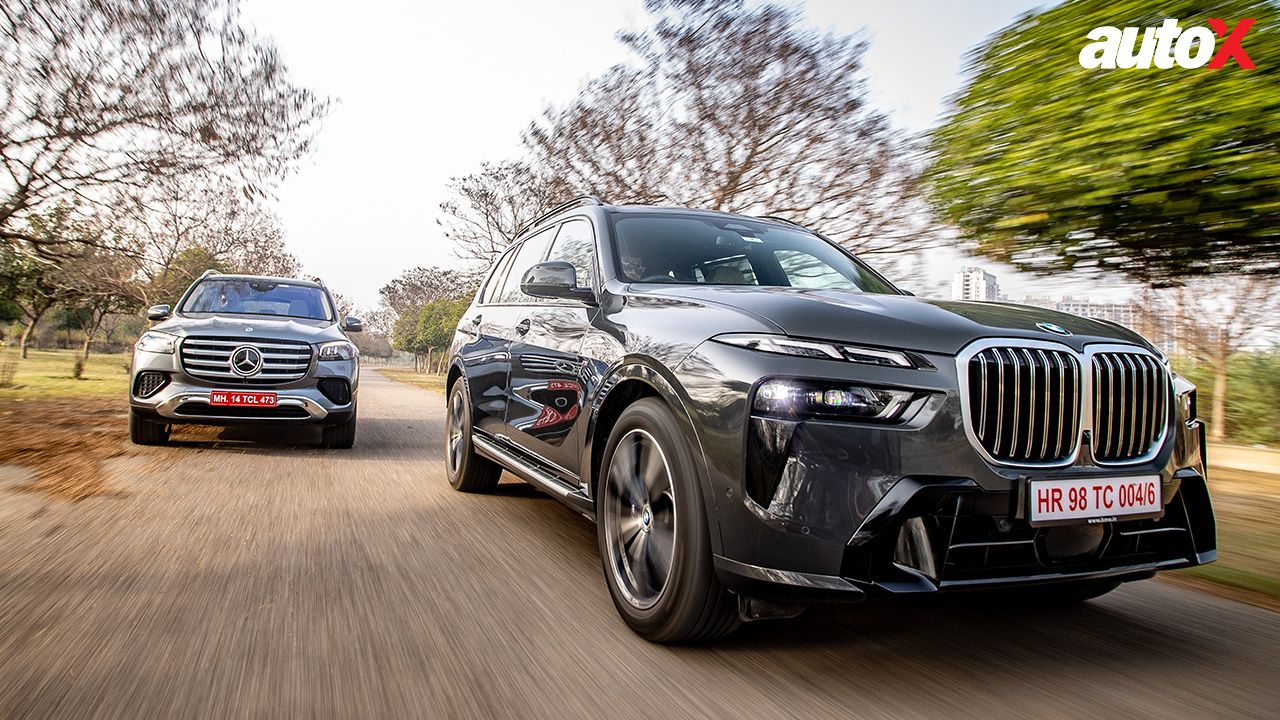
What impresses you the most is the velvety smooth operation of the engine, with virtually no mechanical noise permeating the cabin. Credit also goes to the stellar ZF 8-speed automatic transmission, which offers seamless shifts without any hint of laziness.
The GLS’s drivetrain exhibits somewhat similar characteristics – oodles of torque to play with, adequately responsive, and supremely refined. And just like the BMW, it too can do the 0 – 100km/h sprint in a physics-defying 6.1 seconds. Thanks to the e-torque fill, you don’t experience any turbo lag at low rpm, although part throttle response isn’t as good as that of BMW. Another noticeable difference is that the GLS’ cabin isn’t as quiet as that of the X7. When the revs climb north of 4,000rpm or thereabouts, a bit of induction noise creeps into the cabin. Now, while some, including yours truly, may appreciate this sporty and raspy sound, from a luxury SUV standpoint, it is unwanted.
Another aspect where the GLS’ drivetrain falls short is the quality of gear shifts. While the 9-speed automatic transmission undoubtedly offers smooth and seamless transitions, it’s not as well-behaved when you step on the pedal for a quick overtake. Down-shifts tend to be a little sluggish and jerky – something that’s quite noticeable regardless of where you’re seated in the GLS. So, on the whole, the BMW’s drivetrain is more complete in all areas.
Mercedes-Benz GLS vs BMW X7: Best First-Row?
You don’t have to spend an awful lot of time behind the wheel of the X7 to realise that it’s the more engaging and better-handling SUV of the two. The X7’s body control is tauter, and the steering is more direct, resulting in an overall sharper handling. The best thing about the X7 is that it feels deceptively small while driving – it seems to shrink around you as if it’s an X3 and not a 5m luxo-barge.
The GLS exudes a sense of relaxation, almost nonchalance. It’s not meant to be hustled around corners like a go-kart – something that is evident as soon as you take the wheel. It feels vast from the driver’s seat, and you can feel its considerable mass behind you while driving. Sure, it doesn’t feel as tied down as the BMW, but it’s a remarkable handler, especially considering its size. Try to push it hard around a bend though and the body roll becomes more pronounced. What’s more, there’s no ‘Sport’ mode on offer to firm up the suspension, which is quite telling of Mercedes’ priorities with the GLS.
Mercedes-Benz GLS vs BMW X7: Best Second-Row?

Considering that many customers will spend a lot more time in the second row of these SUVs, this aspect is particularly crucial. Now, both the X7 and GLS excel in pampering their owners. The X7 gets a six-seat layout for the petrol versions, while the GLS has a seven-seat configuration. They are both quite spacious and have electric controls for adjusting virtually everything. However, somehow the Merc offers a more exuberant second-row experience than the BMW. The GLS’ seats are more accommodating, complemented by two entertainment touchscreens and a tablet. Moreover, the floor in the GLS is lower than that of the X7, meaning it feels more comfortable to lounge in.
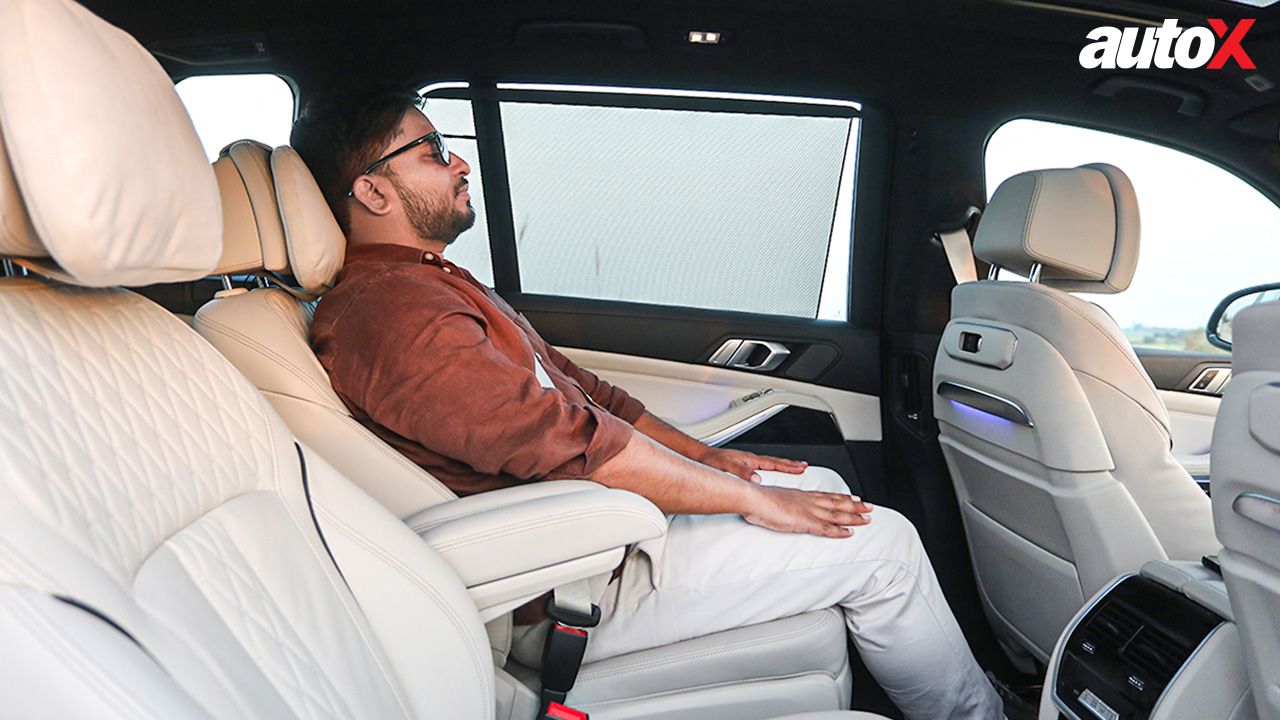
In terms of space and comfort, the BMW is evenly matched, but it doesn’t feel as special as the GLS when you’re in the second row. That wow or feel-good factor that you get in the GLS is missing in the X7, making it a crucial win for Mercedes in this department.
Mercedes-Benz GLS vs BMW X7: Best Third-Row?
While it’s not common to see people vying for a spot in the third row of these luxury SUVs, there are occasions, albeit rare, when you may need to ferry passengers in the last row. For such occasions, the BMW, surprisingly, outperforms the GLS. The X7 offers more legroom and creature comforts – roof-mounted AC controls, a sunroof, more cushiony seats, and better headroom – than the Merc. Given the size of the Merc, I was expecting it to be better, but its third row is a bit too cramped for full-grown adults.
Mercedes-Benz GLS vs BMW X7: Which one rides better?
Once again, BMW is a surprise winner here! Although both cars come with air suspension as standard, it’s the X7 that does a better job at ironing out road imperfections. The ride is quieter and more supple with no noise entering the cabin. The GLS’ ride quality is plush too, but not consistently. At low speeds, particularly over sharp bumps, its suspension feels firm, and the ride is noticeably noisy. Suffice it to say, this aspect of the GLS is a bit of a dampener for the overall luxury SUV experience.
Mercedes-Benz GLS vs BMW X7: Boot & Practicality
It’s a clear win for the Mercedes here, as the GLS has a much larger boot than the X7 – 470 litres vs 326 litres – with all rows up. While both SUVs allow you to fold the second and third rows, the Merc offers the added convenience of completely folding the second row flat electrically – a feature not available in the BMW. Additionally, both SUVs also get a suspension lowering button to facilitate easier loading of luggage. Overall, the Mercedes proves to be more practical and easier to live with in terms of boot space and practicality.
Mercedes-Benz GLS vs BMW X7: Waiting Period
After spending nearly ₹2 crores on a luxury SUV, one would expect the dealer to roll out the red carpet and deliver your vehicle in the blink of an eye. But sorry to burst your bubble, the reality is quite different. Despite their eye-watering price tags, there are a lot of takers for these full-size German SUVs in India, leading to long waiting periods. For the GLS, the waiting period is between three and four months, while for the X7, it’s close to two months. So, long story short, if you’re someone powerful, influential, mostly busy, and don’t have time, or patience, to wait for your new SUV, the BMW would be your best bet, given that it’s relatively easier to get on time.
Mercedes-Benz GLS vs BMW X7: Verdict
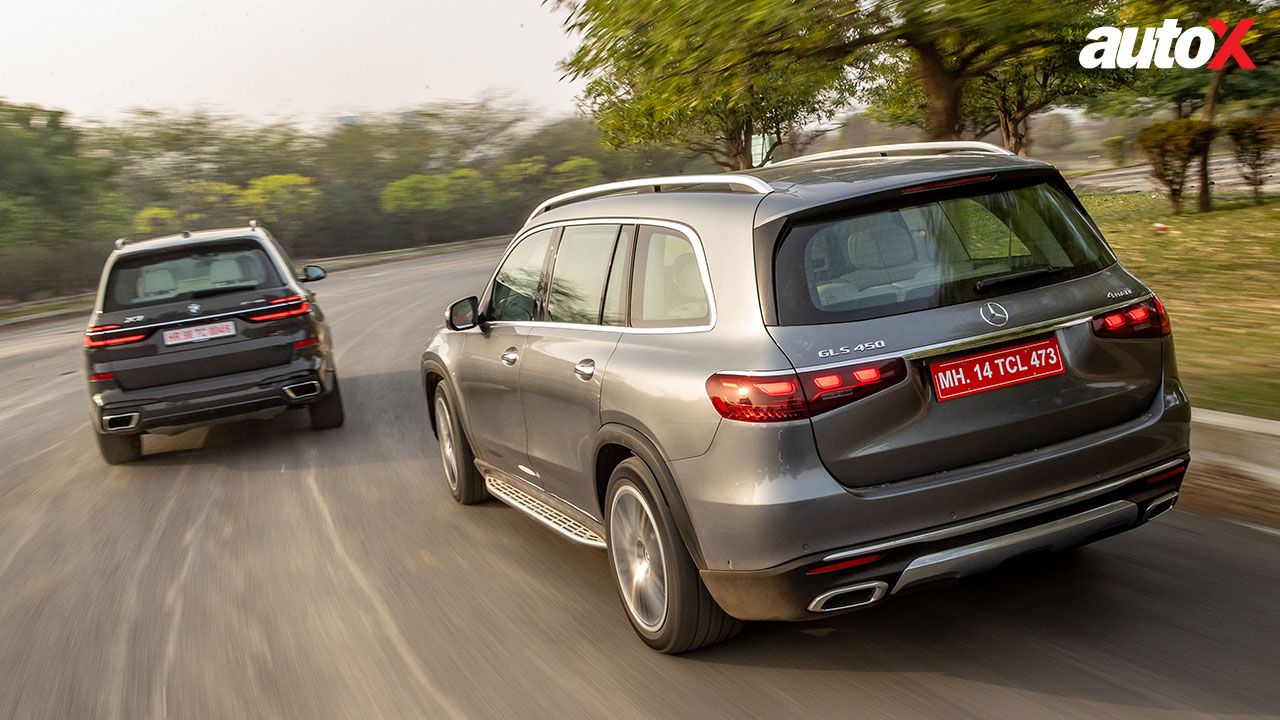
As I said in the beginning, the competition between BMW and Mercedes is always closely contested. Based on the final scores, however, it’s clear that the X7 has outperformed the GLS with a score of 6 to 4.
That being said, I still maintain that if you are someone who prioritises the second-row experience and expects to be chauffeured most of the time, the GLS makes more sense, for it feels more special. And, perhaps, it’s because of this superior sense of luxury and pampering in the second row that it continues to outsell the X7 in India.
All said and done, speaking objectively, the X7 is the winner of this comparison for the simple reason that it’s a more complete luxury SUV than the Mercedes GLS.
Engine: 2,999cc / Inline-6 / 48V Mild Hybrid
Fuel: Petrol
Transmission: 9-Speed Automatic / All-Wheel Drive
Power: 375BHP @ 5,800 – 6,100RPM + 20BHP (Electric)
Torque: 500Nm / 1,800 – 5,000RPM + 200Nm (Electric)
Price: ₹1.3 Crores (Ex-Showroom)
X-Factor: If all you want is to travel in star-studded luxury, look no further!
|
Pros • Second-row experience |
Cons |



